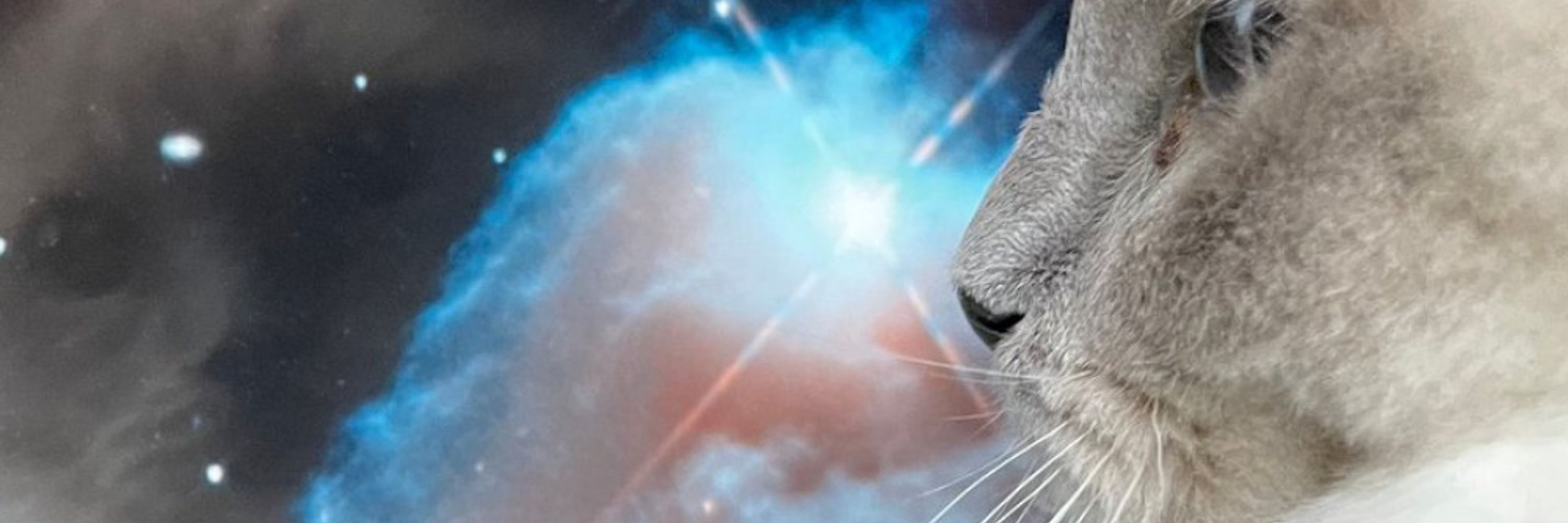
(joshuasokol.com)
2) Looks like nothing else, so recognizable for non-specialists.
3) Near plane of the ecliptic, so useful as a reference point for "wandering" celestial bodies and the Earth orbit itself.
4) Also near plane of the Milky Way, as if at a busy intersection.
2) Looks like nothing else, so recognizable for non-specialists.
3) Near plane of the ecliptic, so useful as a reference point for "wandering" celestial bodies and the Earth orbit itself.
4) Also near plane of the Milky Way, as if at a busy intersection.
"...Mr. Boyle went stargazing in the mountains, and felt humbled....'If I could actually see everything that’s there, it’d just be this arc of stars that would stretch from horizon to horizon,' he said..."
"...Mr. Boyle went stargazing in the mountains, and felt humbled....'If I could actually see everything that’s there, it’d just be this arc of stars that would stretch from horizon to horizon,' he said..."
He's keying in on tension of manyness vs. oneness. In his terms, the Pleiades already packed the punch of the whole sky in miniature.
He's keying in on tension of manyness vs. oneness. In his terms, the Pleiades already packed the punch of the whole sky in miniature.
"The Sun emits more than 100 trillion times humanity’s total electricity production. At some point... the best way to power AI will likely thus be to more directly tap into that enormous source of energy."
"The Sun emits more than 100 trillion times humanity’s total electricity production. At some point... the best way to power AI will likely thus be to more directly tap into that enormous source of energy."

